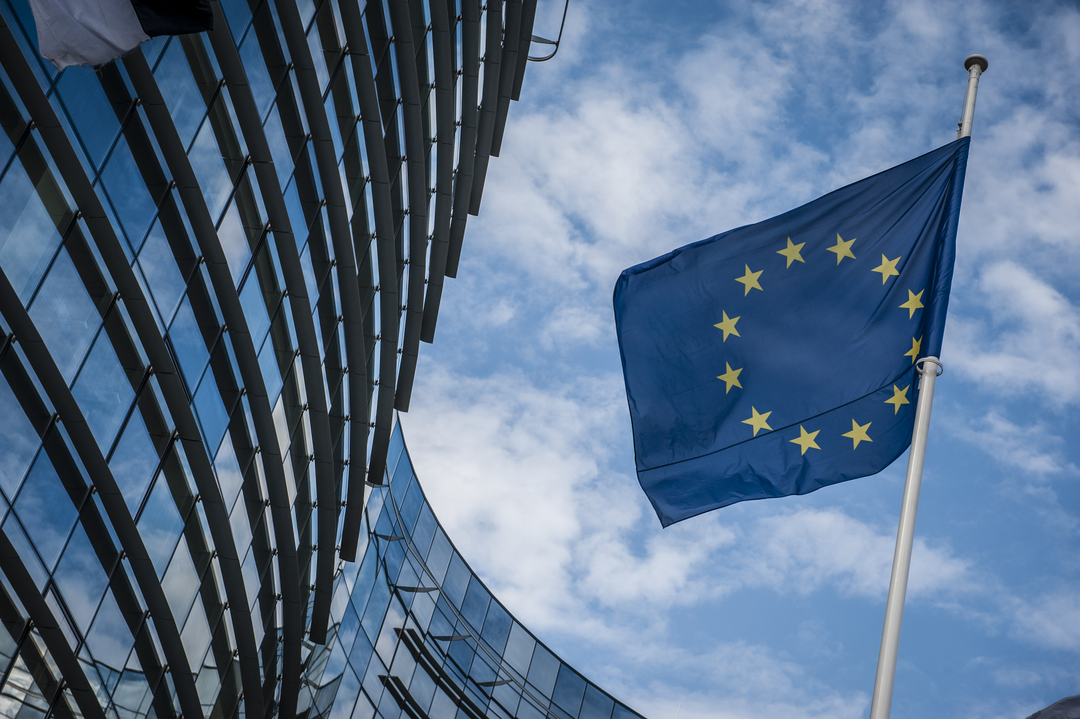The European Union’s long-winded process to create a common charging port for mobile phones, tablets and headphones sold in the bloc, has nudged one step closer.
Last September the European Commission had presented its draft legislation for a common charging port, much to the annoyance of Apple, which has been resisting it for the best part of decade.
But now on Wednesday, the European Parliament’s Internal Market and Consumer Protection Committee officially agreed with the Commission’s proposal on the common charger.

Agreed standard
This issue of a universal (or common) charger has been hanging around for 13 years, after the majority of smartphone manufacturers (including Apple) adopted the voluntary Micro-USB standard back in 2009.
The final micro-USB design charger was officially agreed in 2010 with ten mobile phone makers including Apple, Samsung, Huawei and Nokia (remember them?), so that they could standardise their chargers for new models of smartphones coming into the market in 2011.
But that ambition and timeframe was never achieved, and in 2014 the European Parliament gave its formal support for an universal charger for smartphones, tablets and other portable electronics.
Apple however had already introduced its 8 pin Lightning connector in back in September 2012 (with the iPhone 5) to save space on its previous 30 pin connector design.
![]()
And the iPad maker took advantage of a loophole in the European Union 2010 agreement (it was only a voluntary memorandum of understanding) to carry on using its Lightning connector, which are still in use on all iPhone models.
![]()
Android-based devices however are all powered via USB-C connectors.
Committee approval
But now that the European Parliament’s Internal Market and Consumer Protection Committee has approved the new standard (with 43 votes in favour and 2 against), it paves the way for an assembly vote next month.
“The new rules would make sure consumers no longer need a new charger and cable every time they purchase a new device, and can use one charger for all of their small and medium-sized electronic gadgets,” said the committee.
“Mobile phones, tablets, digital cameras, headphones and headsets, handheld videogame consoles and portable speakers, rechargeable via a wired cable, would have to be equipped with a USB Type-C port, regardless of the manufacturer,” it said.
“Exemptions would apply only for devices that are too small to have a USB Type-C port, such as smart watches, health trackers, and some sports equipment.”
This revision is part of a broader EU effort to address product sustainability, in particular of electronics on the EU market, and to reduce electronic waste.
“With half a billion chargers for portable devices shipped in Europe each year, generating 11,000 to 13,000 tonnes of e-waste, a single charger for mobile phones and other small and medium electronic devices would benefit everyone,” said Alex Agius Saliba, who is leading the debate in parliament.
“It will help the environment, further help the re-use of old electronics, save money, and reduce unnecessary costs and inconvenience for both businesses and consumers,” said Saliba.
“We are proposing a truly comprehensive policy intervention, building on the Commission’s proposal by calling for the interoperability of wireless charging technologies by 2026 and improving information given to consumers with dedicated labels,” he said. “We are also expanding the proposal’s scope by adding more products, such as laptops, that will need to comply with the new rules.”
Apple continues to insist the proposal will create a mountain of waste if consumers were forced to switch to new chargers.




